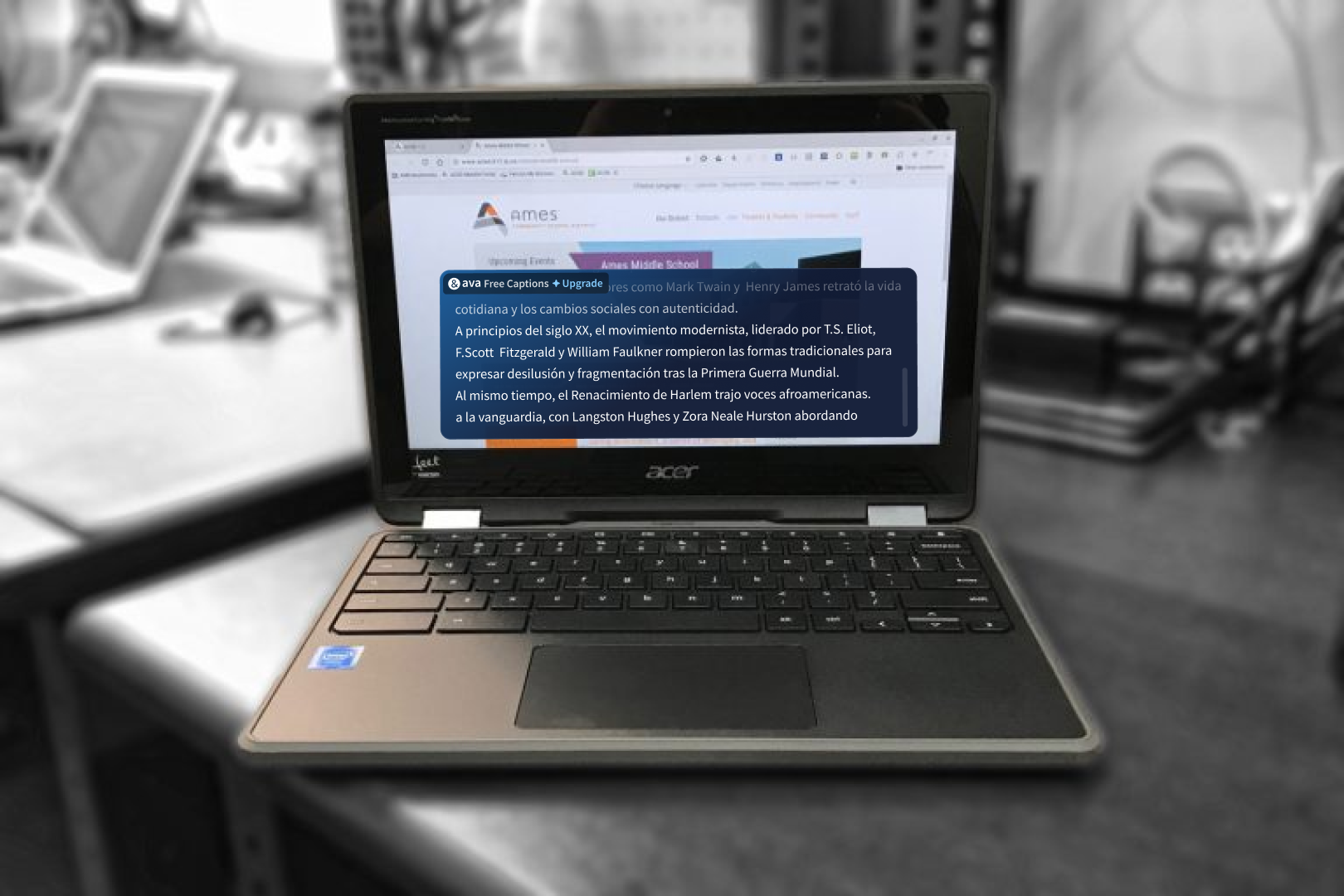
In an increasingly connected world, the importance of ensuring inclusivity through technology has never been more prominent. Assistive technology (AT) stands as a beacon of hope and empowerment for billions globally, providing solutions that enhance the lives of individuals with disabilities, the elderly, and those recovering from injuries.
Assistive technology (AT)—it's a term you might've heard tossed around, but what does it really encompass? It's the collective label for a variety of products and the ecosystems that support them, all designed to boost or sustain an individual's ability in areas like thinking, communicating, hearing, moving around, personal care, and seeing. The goal? To empower people to live healthier, fuller lives and to participate fully in society.
But here's where it gets crucial: broadening access to this technology isn't just a feel-good storyline—it's a strategic move that aligns directly with the Sustainable Development Goals. It's about making sure no one's left in the dust.
By integrating assistive technology into daily life—from family activities to community involvement and even in broader arenas like politics and economics—we're not just helping individuals. We're recalibrating our entire societal setup to be more inclusive, more just. And in the long run, that's a game-changer for everyone involved.
Understanding Assistive Technology
Assistive technology is an umbrella term encompassing tools and devices designed to assist people with disabilities or health conditions in performing tasks that might otherwise be difficult or impossible.
These range from simple, low-tech solutions to advanced, high-tech devices, each tailored to meet specific needs. Whether it’s a wheelchair enabling mobility or speech recognition software facilitating communication, assistive technology plays a pivotal role in enhancing functionality and accessibility.
The Scope of Need
Globally, over 2.5 billion individuals rely on one or more assistive products, a number projected to swell to 3.5 billion by 2050 due to the aging population and the rise of non-communicable diseases. Despite the vast need, access remains limited, especially in low-income countries where only a small fraction of those in need have access to necessary assistive products.
Categories of Assistive Technology
Assistive technology solutions are as diverse as the individuals who use them, with products that cater to a wide range of needs:
Vision
Tools for the visually impaired include everything from magnifiers and talking devices to Braille displays and screen reading software. These devices empower individuals to navigate the digital world and manage daily activities with greater ease.

Hearing
For those with hearing impairments, assistive technology includes amplified phones, personal amplification systems, and devices designed to signal with lights or vibrations, enhancing the ability to perceive and interact with their surroundings effectively.

Mobility
Mobility aids such as wheelchairs, walkers, and scooters are critical in enhancing the independence of individuals with mobility challenges. These devices are complemented by smart home adaptations like ramps and automated door openers that facilitate easier access and movement.

Cognitive and Developmental
Technology that aids learning, memory, and organization includes memory aids, specialized apps, and adaptive learning materials. These tools support individuals with cognitive disabilities by enhancing their ability to learn, communicate, and function independently.

Daily Living
From adapted kitchen tools to specialized bathroom equipment, these technologies assist in everyday activities, helping individuals maintain independence in their homes.

Communication
Speech-generating devices, communication boards, and voice amplification systems are just a few examples of how technology assists those with communication difficulties.

Enhancing Lives Through Innovation
The impact of assistive technology extends beyond individual users, affecting families, communities, and entire socioeconomic structures. Early provision of devices like hearing aids can dramatically improve educational and employment outcomes, while mobility aids reduce healthcare costs by preventing secondary complications.

Global Challenges and Solutions
Despite the benefits, the road to universal access to assistive technology is fraught with challenges, including high costs, lack of awareness, and inadequate infrastructure. The WHO and UNICEF's 2022 Global Report on Assistive Technology calls for enhanced international cooperation and robust policy frameworks to address these barriers effectively.
The Future of Assistive Technology
Innovations in assistive technology continue to evolve rapidly, driven by advances in AI, robotics, and 3D printing. Future trends likely include more personalized, adaptive technologies that can be integrated seamlessly into individuals’ lives, promoting greater independence and inclusion.
Assistive technology is not just about the devices themselves but about the independence, inclusion, and improved quality of life they offer. By expanding access and continuing to innovate, we can ensure that assistive technology fulfills its promise to leave no one behind, aligning with broader goals of equity and accessibility in the digital age.




